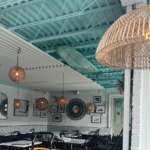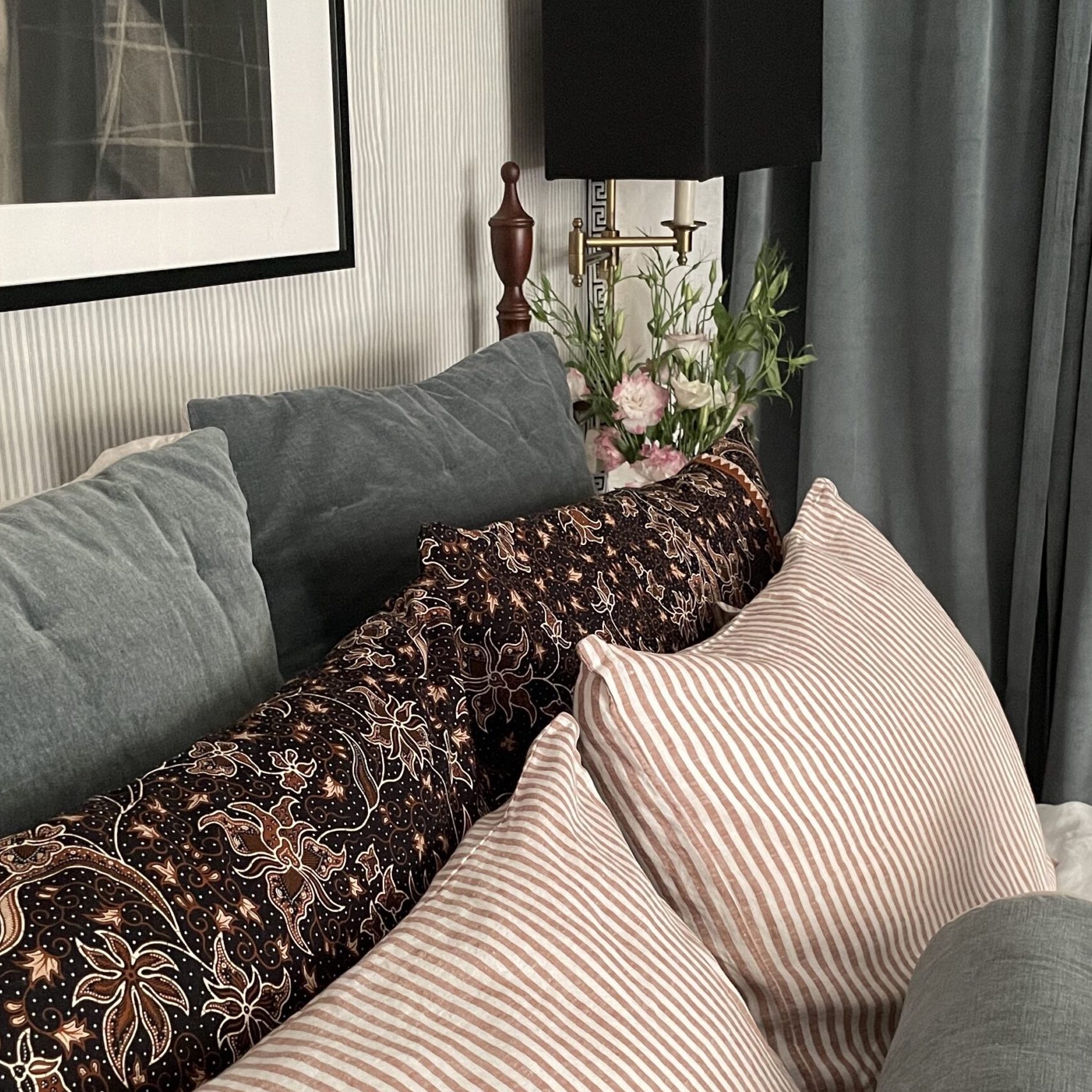Abstract, Immersive Art Unveiled: the Nexus of Design and Art
Have you ever looked at an abstract painting and wondered what it is all about? Did you ever ask yourself: “How did we arrive at our current expectation to experience the moment (in our designed environment) when design becomes art?”
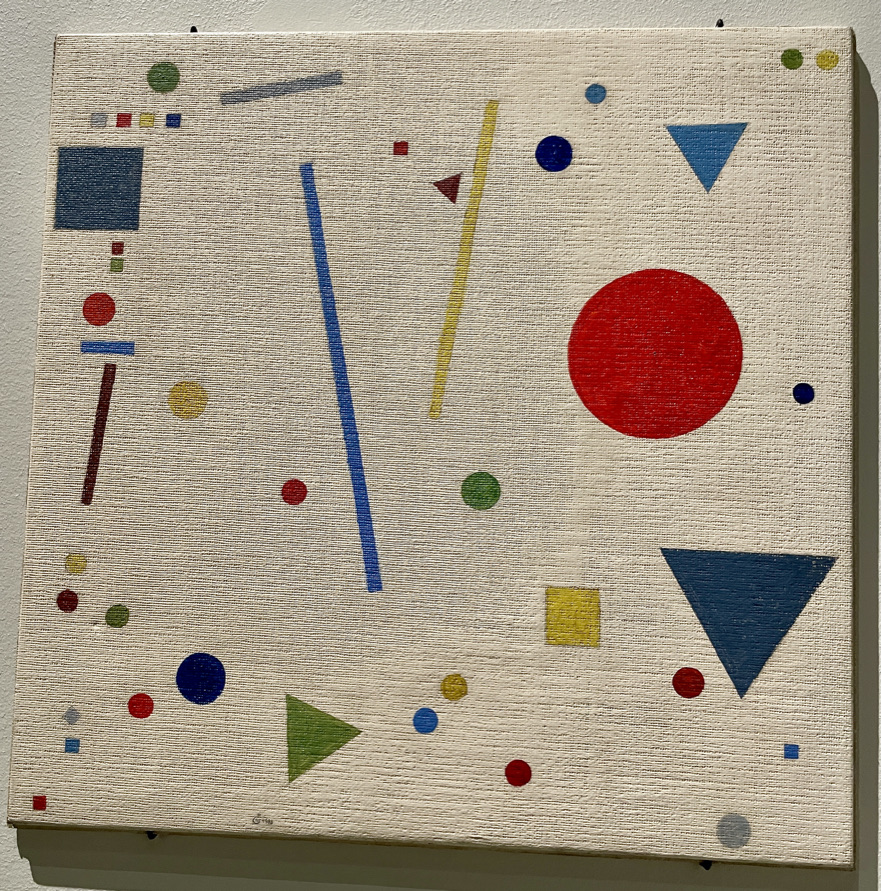
The retrospective exhibition on Latin Constructivist artist Carmelo Arden Quin in Santiago, Chile can help us unpack these concepts – and better understand how our thinking about art and design has evolved over time.
(See also the blog: https://intrepiddesignstudios.com/connecting-you-with-artists-and-artisans/).
Unveiling Multi-dimensionality
Background: The modern art movement emerged over 100 years ago, coinciding with the industrial revolution, beginning with pioneers like Cezanne, Picasso, and Braque, who transformed representational forms into geometric shapes. Consider the examples below by Lyonel Feininger. Collectively, they translated what the eye sees (what something objectively looks like something that is identifiable such as a bicycle race or portrait) into their essential underlying geometric forms – the interaction of volumes, voids, and shapes such as spheres, circles, cubes, or rectangles. They demonstrated that emotion and aesthetics of “beauty” could be elicited through the abstraction forms, identifiable or not.
Suprematism, Bauhaus, and Constructivist Influences
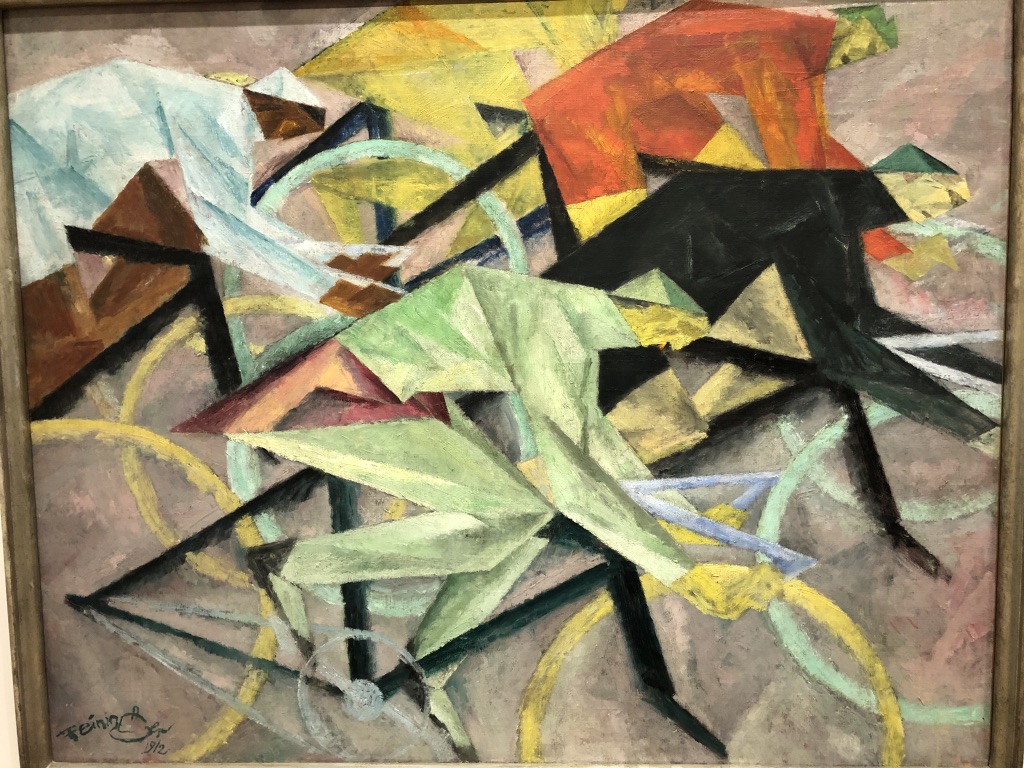
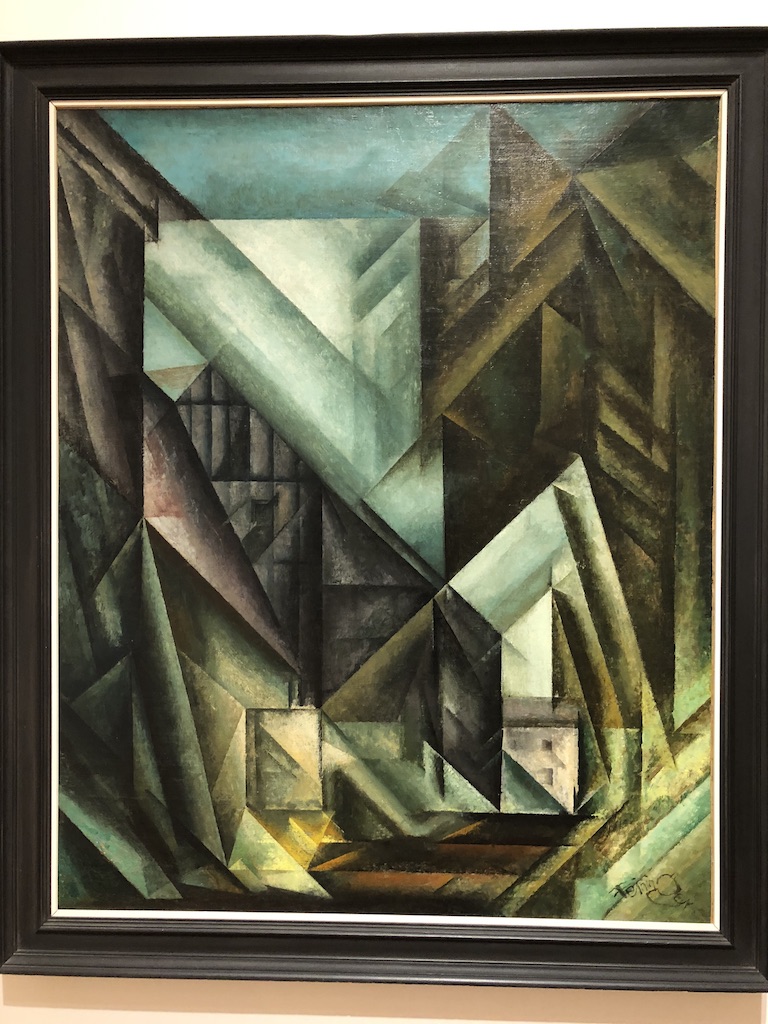
These early modernists influenced the Avant-Garde artists of the Constructivist movement who questioned norms of what art “should be…..” (representation of life?). They also challenged new ideas about what constitutes “Fine Art” (objects created for aesthetic or creative expression), or “Decorative Art” (that serves a practical function such as architecture or pottery). Ultimately, they liberated the notion of “Art” by deconstructing and redefining it as the artistic imagination or feeling in whatever form it takes.
Origins of Immersive Space Planning and Experience
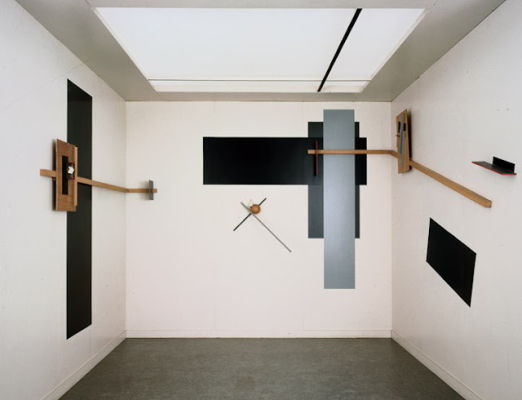
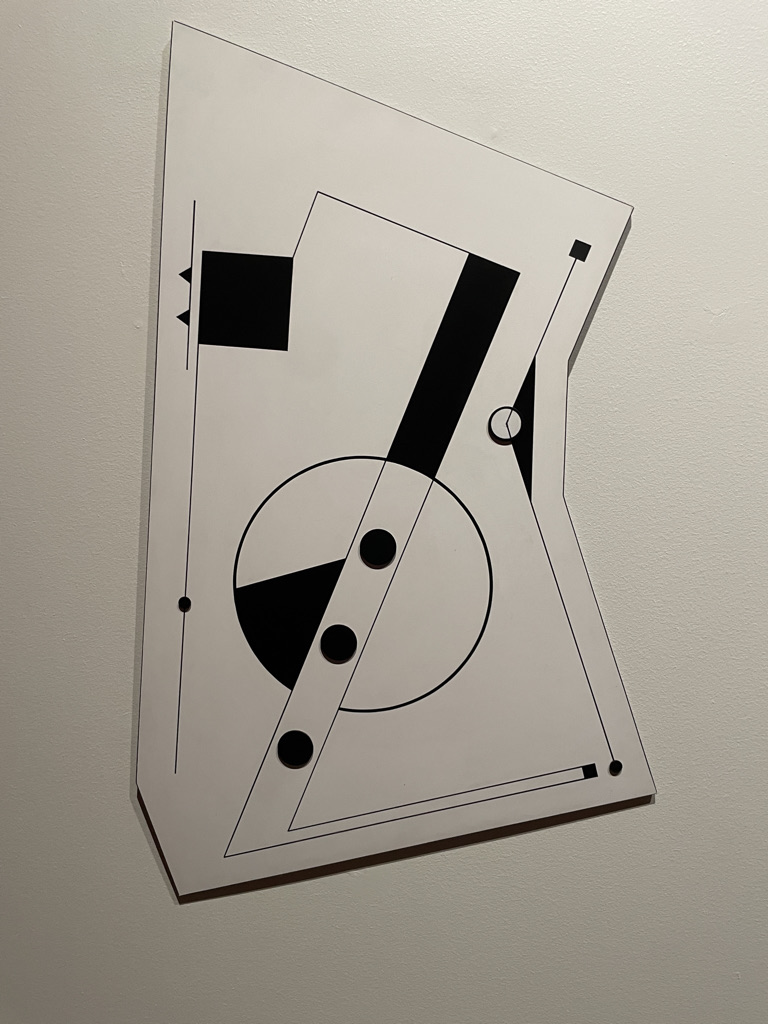
Consider the example of El Lissitsky’s “Proun Room” (on the left above). Lissitsky, a Suprematist artist who believed that feeling, the human spirit, is what defined “Art”, created a two-dimensional “design” on a flat surface that looks like an interior space with a three-dimensional form (ceiling, walls, floor). Very much like a “traditional” painting that depicts a cow in a landscape, but in this case, the subject is space, light and dark tonalities, and shapes in the space. Lissitsky then adapted this artwork or “design” into an actual room created as an immersive experience at the Great Art Exhibition in Berlin in 1923 merging art and living space. A concept embraced by the Bauhaus and DeStijl schools of architecture.
Alternatively, Uruguayan Constructivist Artist Carmelo Arden Quin’s (1913-2010) “Domain” challenges the convention that a painting should be a rectangle, and created a two-dimensional flat artwork that questioned: Is it a sculpture with a decorative surface? Is it poetry using dark and light forms where meaning and expression occur like musical interplay?

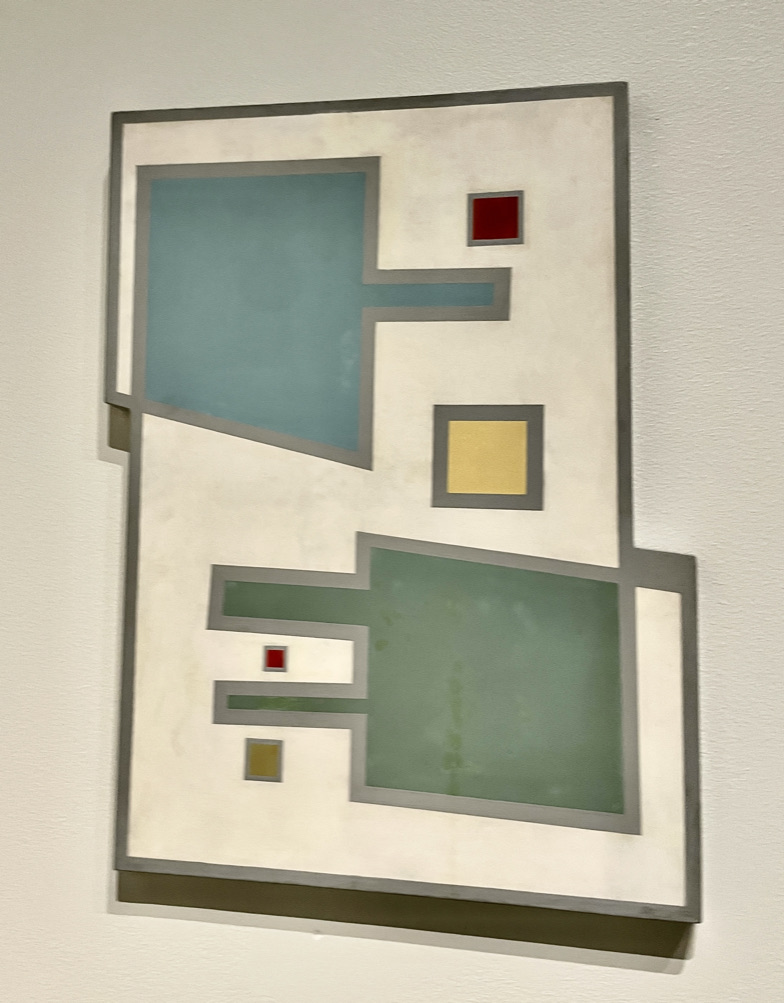
Constructivism spread from Eurasia to South America with diverging social perspectives and agendas. For example, Hungarian artist Moholy-Nagy was inspired by the Bauhaus movement and believed that the artist, as a designer could influence social transformation. His “oeuvre” might represent the dynamic energy of city, suburb and rural area planning. He also illustrated power and tension through materiality and hierarchy of forms with an aim to achieve equilibrium and balance in society and our individual lives.
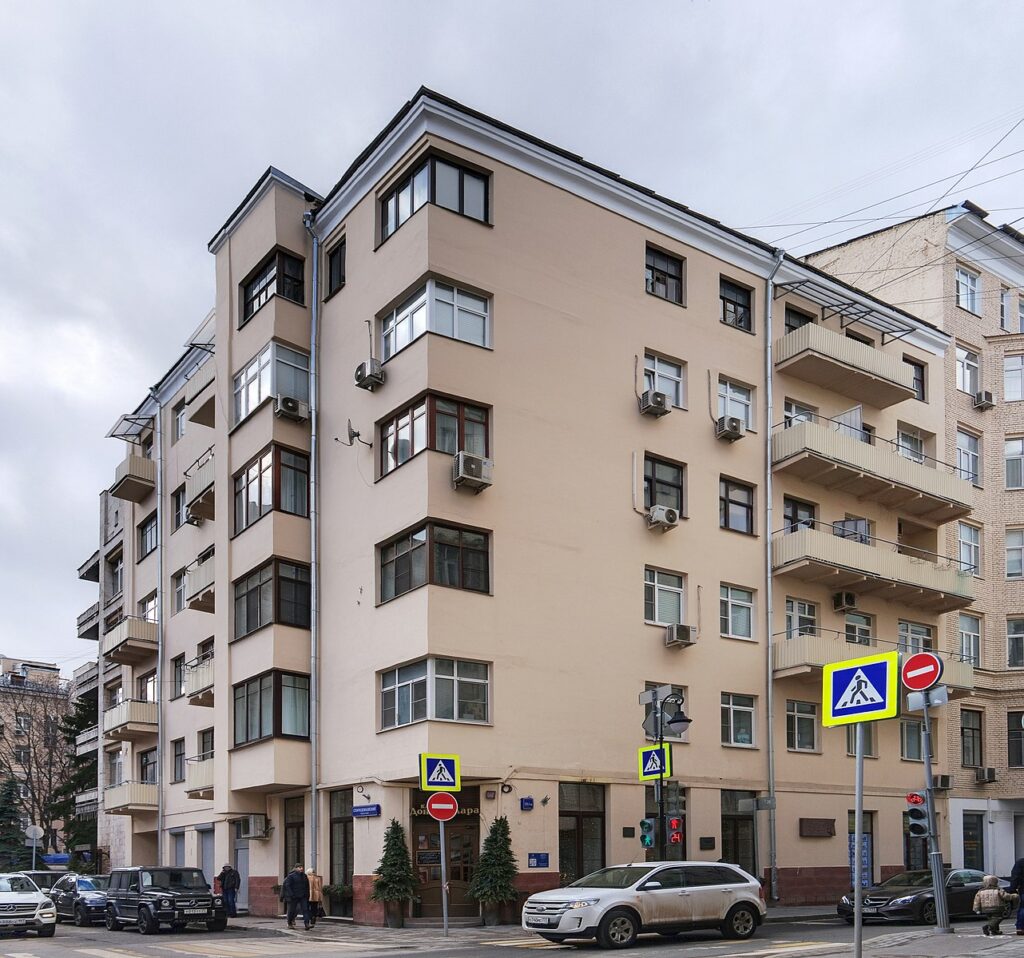
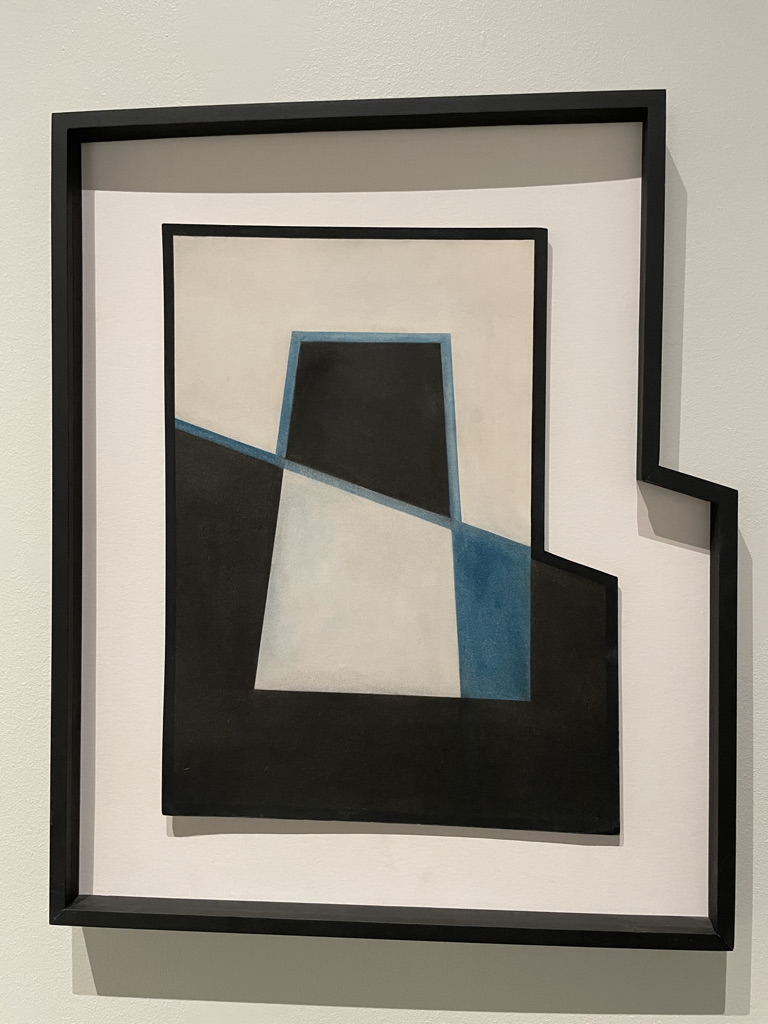
In contrast, Quin explored new ways of expressing ideas and emotions not through the masterful eye of the artist as a savant but through collective expression. He founded the Madi movement in which artists collaboratively produced graphic books as art objects, sculptures as performance art, and paintings as sculptures, and incorporated everyday materials into artworks.
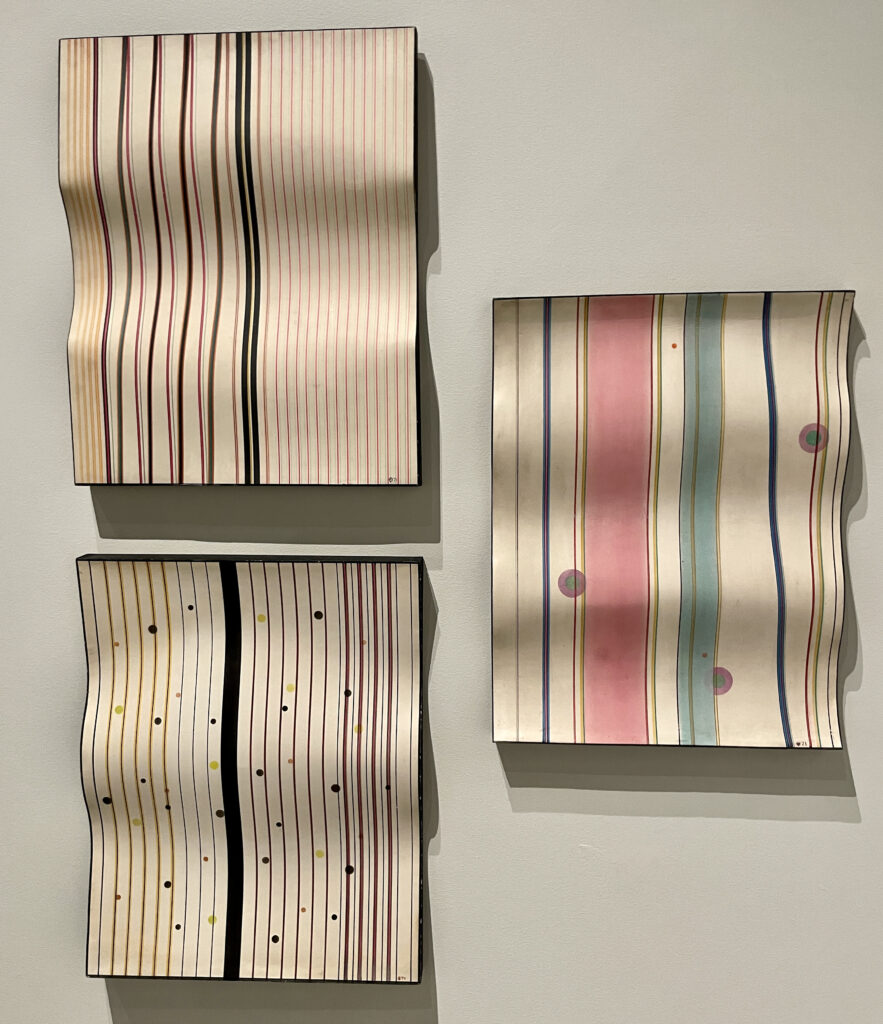
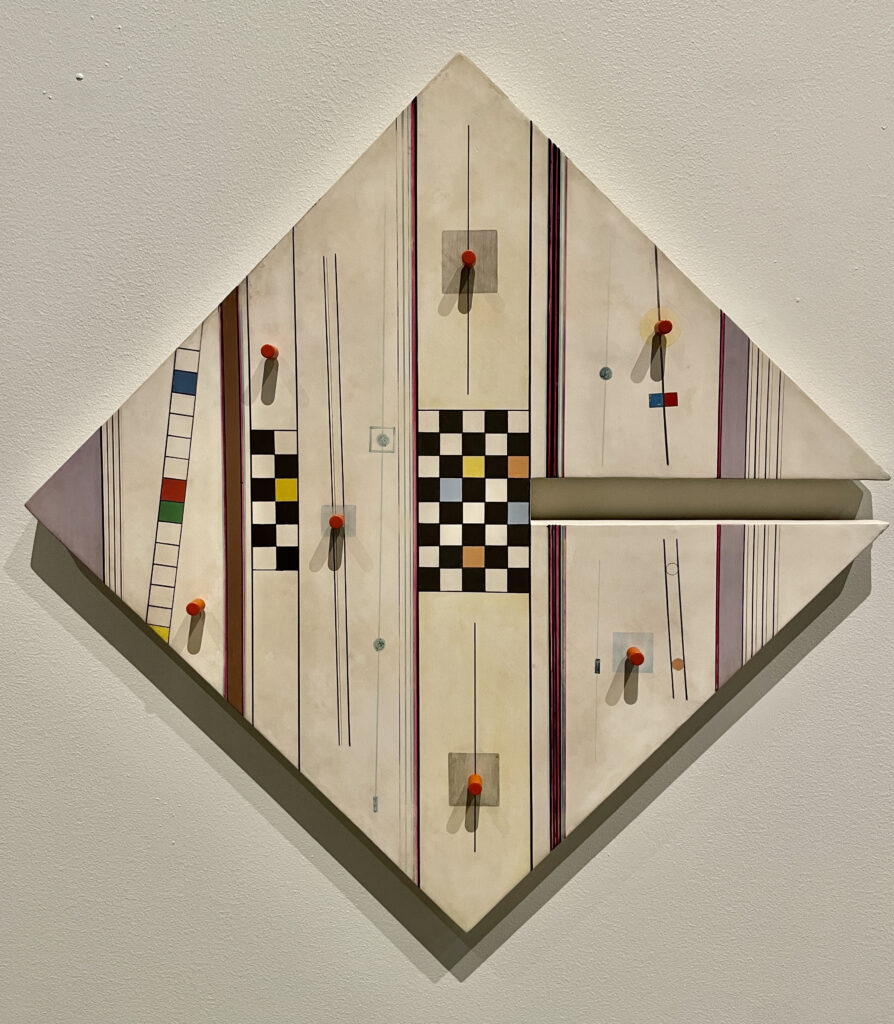
Modernism displaced the notion of art as solely an aesthetic expression and replaced it with the idea that art is an expression of the imaginative mind where energy, force, and rhythm reign supreme.
Influenced by advances in math, physics, and science, a new understanding of the interaction of atoms (elemental forms of creation), and yes, relativity.

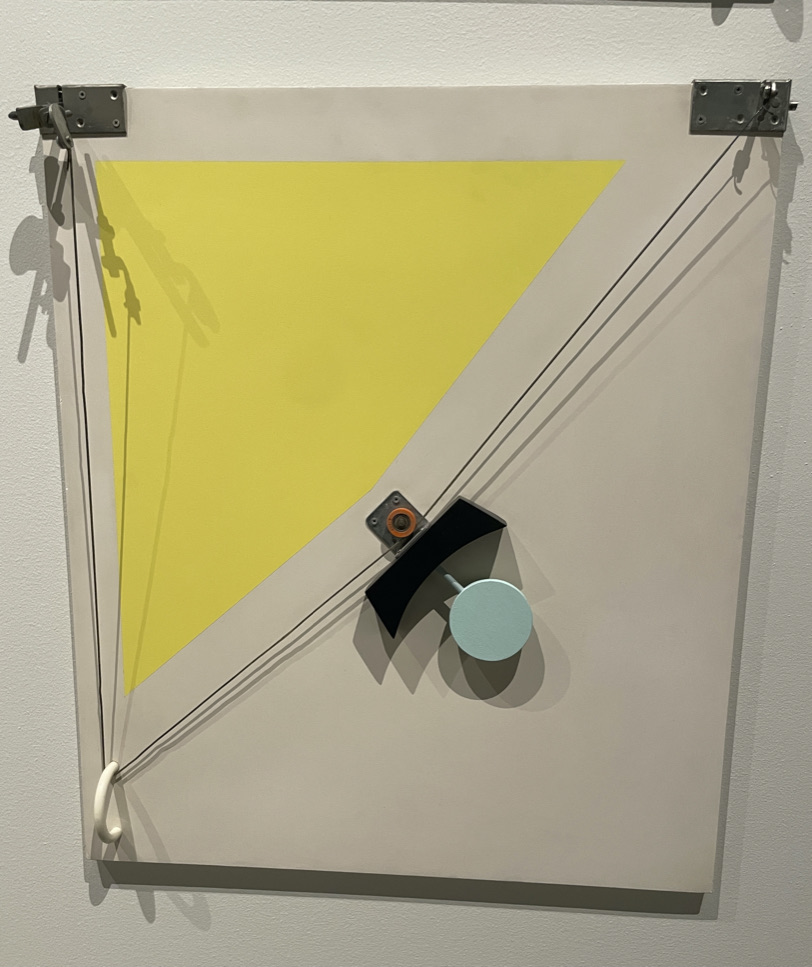
The evolution of modernism from its irreverent experimentation and use of materials to its collaborative approach and immersive experience set a precedent that not only changed our thinking about what defines “Fine Art” but invites us, then as now, to embark on a mind-bending expedition through the realms of creative thought and emotion.
And that’s what our clients can experience directly through virtual reality for interior design. Technology enables us today to channel Lissitsky and offer our clients not only two-dimensional (2-D) planning and artful 3-D renderings but also the opportunity to experience the moment when design becomes art through virtual reality.
